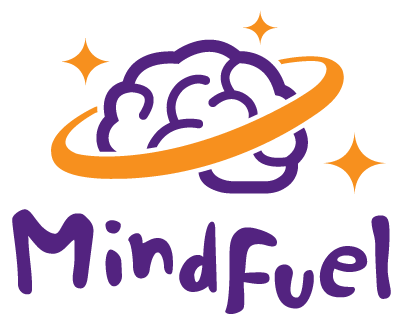MindFuel, in partnership with researchers from the University of Calgary’s Schulich School of Engineering, recently presented at the annual conference for the American Society for Engineering Education (ASEE). Over 4,000 education leaders from around the world attended the conference, including speakers from Caltech, the NYIT and Georgia Tech, to name a few.
Cassy Weber, CEO of MindFuel was in great company with fellow panelists from Stanford University, Cal Poly and Drexel University in a session focused exclusively on engineering education in K-12. MindFuel raised the issue of low female enrollment in Alberta high school physics classes (38% enrollment rate for 2005-2010).
“We want our student population to reflect the demographics of our society. Physics 30 is a requirement for many engineering programs, including ours. Discovering why some high school students choose not to take this course, and uncovering ways to better engage their interest in physics, is key to promoting diversity in engineering,” said Qiao Sun, Associate Dean of Diversity and Equity at the Schuilch School of Engineering.
Our study, conducted at Bowness High School, looked at the connection between gender, learning style and attitude toward Physics. Our data showed that both gender and learning style have an impact on students’ attitude towards physics. In the study, the number of females not interested in Physics was four times the number of males.
“Engineering is a creative field filled with problem solvers and innovators. Diversity of backgrounds, interests, experiences and approaches is critical to fostering creativity and enriching work experience,” Sun said.
The problem is also a one-size-fits-all learning model when it comes to the traditional classroom. Students learn in different ways, and offering a digital learning management system (DLMS), such as Wonderville.org, that speaks to different learning styles, can help increase engagement.
“It’s important that we help create a positive impact on student learning in high school physics in particular because these are our future innovators and creators,” says Weber. “This research provides us much-needed insight into how we might increase engagement in Physics 30, creating higher enrollment in post-secondary STEM fields, and ultimately delivering more knowledge workers to build a stronger, diversified tomorrow.”
This research is just the beginning of a multi-year study that looks at engaging high school students in STEM using digital learning resources.
To read the full conference proceedings, visit the ASEE conference site.

